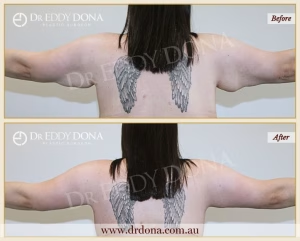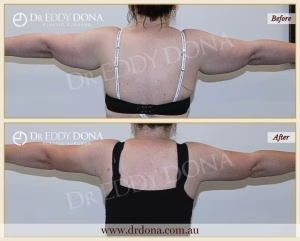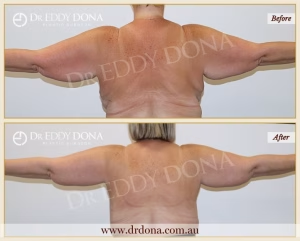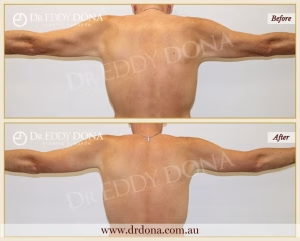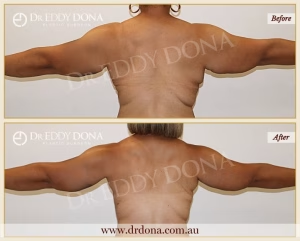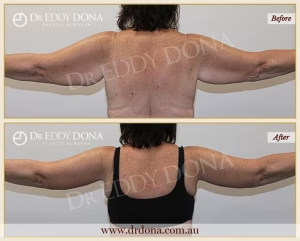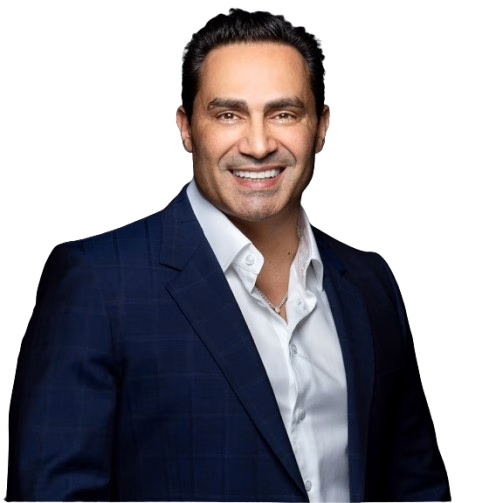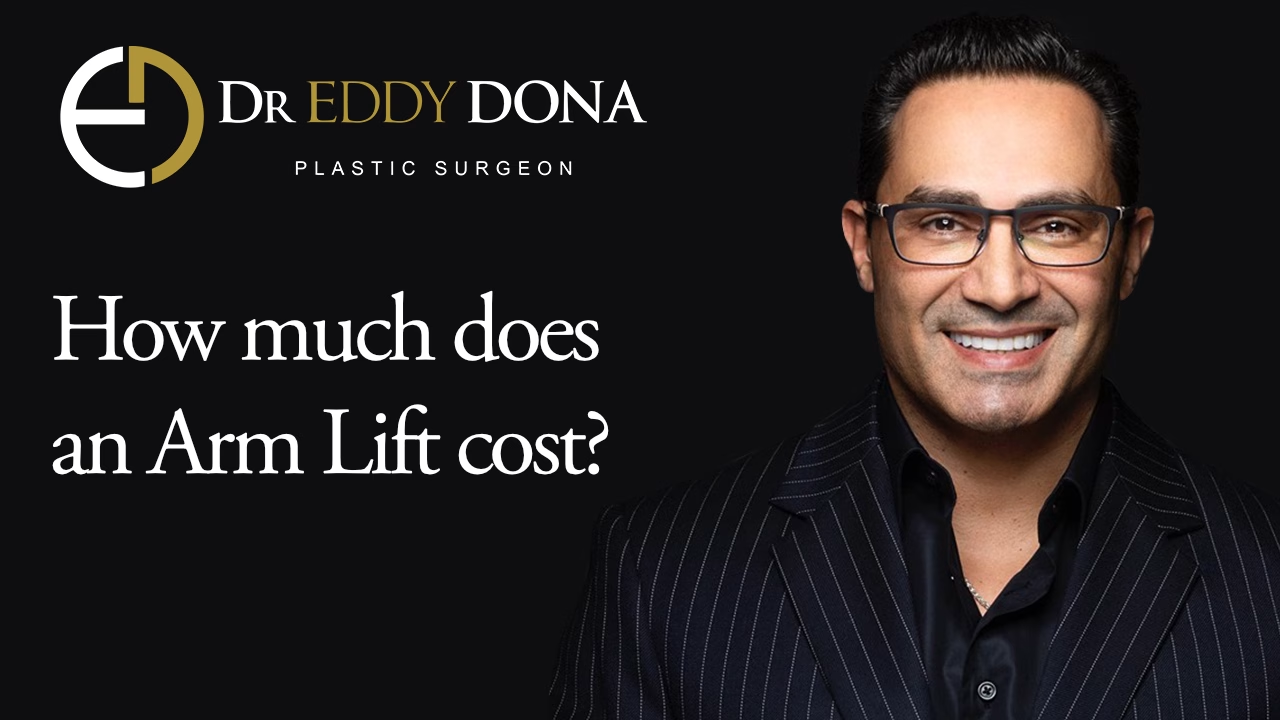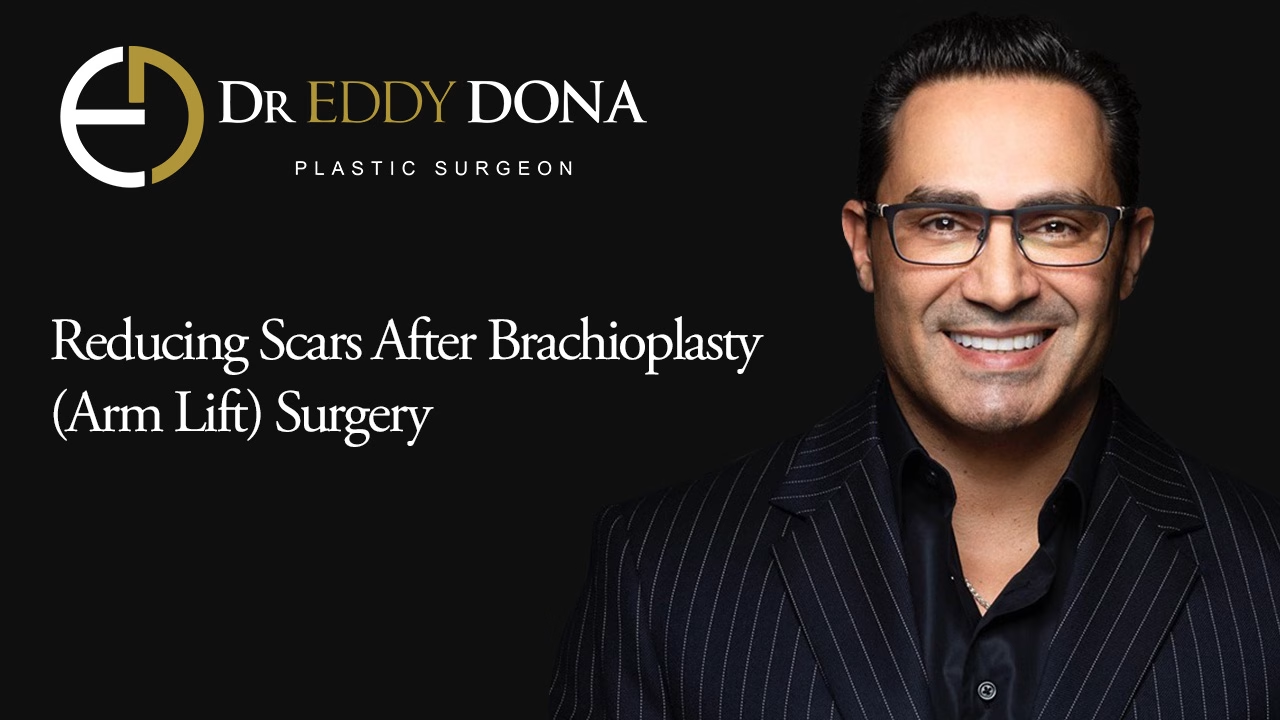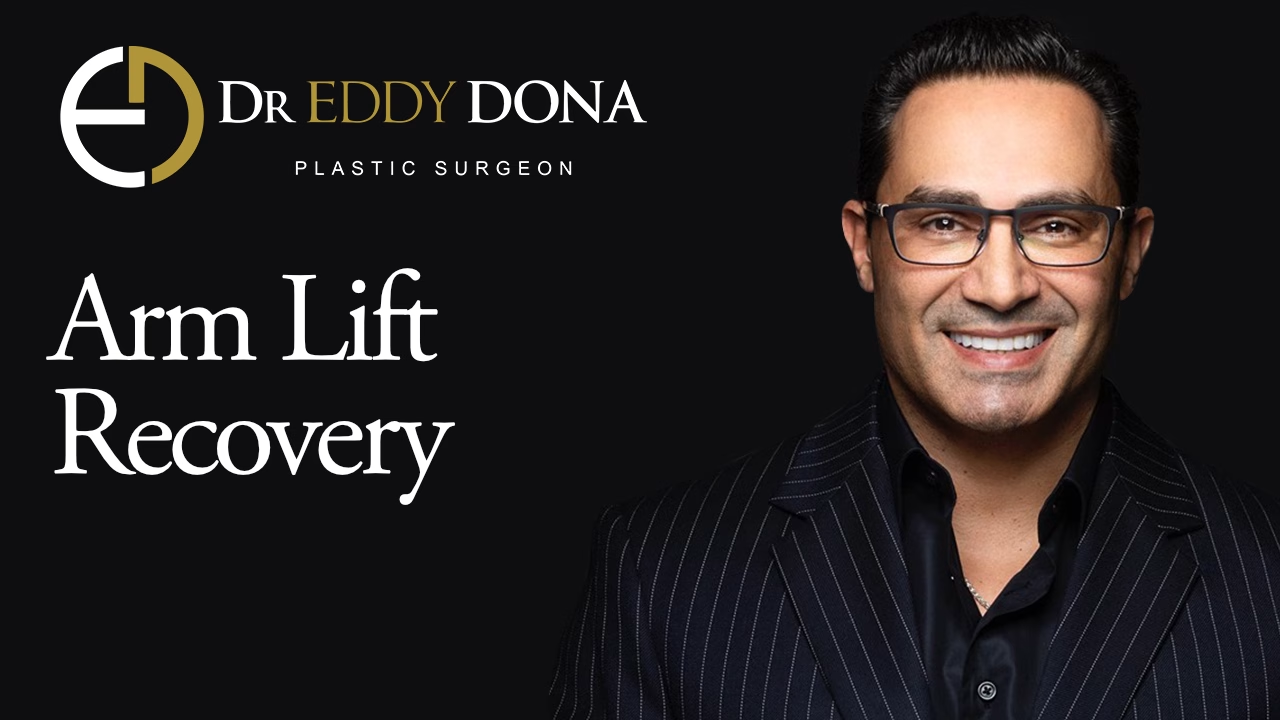Types of Arm Lift Procedures
A Brachioplasty procedure is performed in a private hospital under general anaesthesia. Depending on the procedure required, your surgery may take between two and four hours. s. During your Initial Consultation, he’ll advise you on the most appropriate option to address your concerns.
Minimal Scar Arm Lift
Any ‘minimal’ scar surgery can only work when the patient has minimal problems, as it can only provide minimal results!
When considering Arm Lift Surgery, some surgeons offer a surgical technique where the scar is limited to the armpit, promising that this technique will tighten the arm.
However, this is not an optimal solution.
The reasons for this may best be described with a dressmaking analogy.
If you have a baggy shirt sleeve and you only shorten the sleeve, it will still be baggy. Alternatively, a successful alteration will involve running a seam along the length of the arm to remove material and tighten the sleeve for a better fit.
The same basic principle applies to Arm Lift Surgery (as it does to all body contouring surgical procedures).
Traditional Arm Lift (Full Brachioplasty)
A traditional Arm Lift has a scar extending from the elbow to the armpit. Dr Dona prefers to have the scar on the inner aspect of the arm, while some surgeons may place the scar along the back of the arm.
During the procedure, Dr Dona will remove all excess skin and associated fatty tissue. He will then close the wounds using several layers of internal dissolving stitches. The result is a tighter, smoother contour, consistent with the patient’s body composition.
Extended Arm Lift
When patients have experienced excessive weight loss, they are often left with excess skin in many areas of the body.
A common area of concern is the upper outer aspect of the chest (below the armpit region).
To address this concern, the Arm Lift will often extend to this chest region, as well as the outer aspect of the lower breast/chest fold. This procedure is designed to remove all excess skin and tighten the outer chest wall and armpit region so that they are proportionate to the newly tightened arm.
